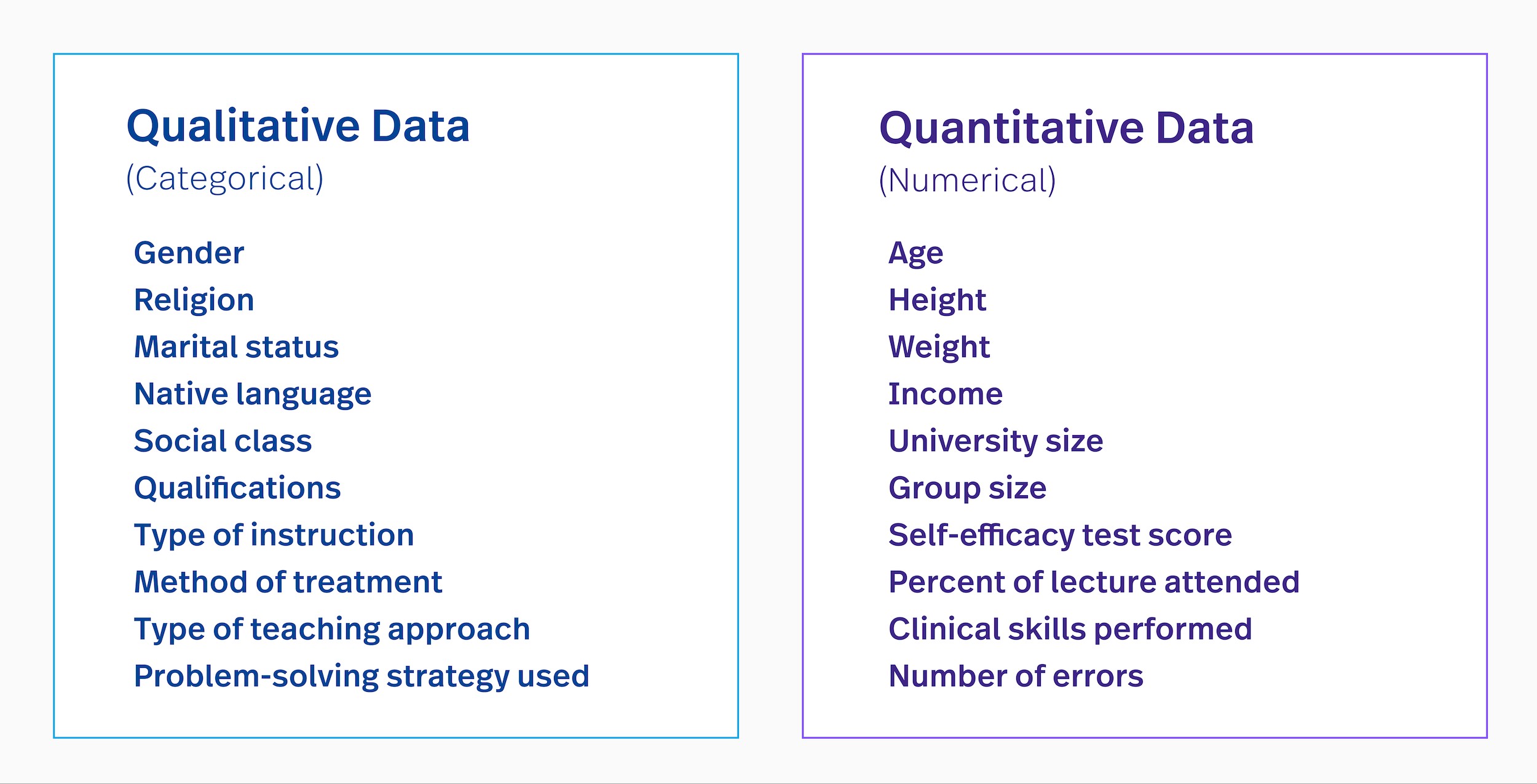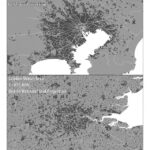Understanding data is crucial for making informed decisions in any field. But data comes in various forms, requiring different approaches for analysis. This guide explores How To Compare And Contrast Data, focusing on the key distinctions between quantitative and qualitative data and how to leverage both for comprehensive insights.
Quantitative vs. Qualitative Data: Understanding the Core Differences
The foundation of data comparison lies in understanding the fundamental differences between quantitative and qualitative data:
Quantitative Data: The Numbers Game
Quantitative data is numerical and measurable. It answers questions like “how many,” “how much,” or “how often.” Think of metrics like website traffic, sales figures, or survey responses with numerical scales. This data type is objective and lends itself to statistical analysis, enabling the identification of patterns, trends, and correlations.
Examples of quantitative data:
- Number of website visitors per month
- Average customer purchase value
- Percentage of users completing a specific task
Qualitative Data: Exploring the “Why”
Qualitative data is descriptive and focuses on qualities, characteristics, and experiences. It seeks to answer questions like “why” and “how,” delving into the underlying reasons and motivations behind observed phenomena. This data type is often subjective and gathered through methods like interviews, focus groups, and open-ended survey questions.
Examples of qualitative data:
- Customer feedback on product features
- Reasons for customer churn
- User experience observations during usability testing
Comparing and Contrasting Data: Methods and Techniques
Effectively comparing and contrasting data involves utilizing specific methods tailored to the data type:
Analyzing Quantitative Data:
- Statistical Analysis: Employing statistical techniques like mean, median, mode, standard deviation, and regression analysis to identify patterns and relationships within numerical data.
- Data Visualization: Creating charts and graphs (e.g., bar charts, line graphs, scatter plots) to visually represent data and facilitate comparisons.
- A/B Testing: Comparing different versions of a website, product, or marketing campaign to measure the impact on key metrics.
 Quantitative Data Analysis Example – A bar chart comparing sales figures across different regions.
Quantitative Data Analysis Example – A bar chart comparing sales figures across different regions.
Analyzing Qualitative Data:
- Content Analysis: Systematically reviewing textual or visual data to identify recurring themes, patterns, and keywords.
- Thematic Analysis: Organizing qualitative data into key themes and subthemes to understand underlying meanings and perspectives.
- Grounded Theory: Developing theories based on the analysis of qualitative data, allowing for the emergence of insights directly from the data.
Combining Quantitative and Qualitative Data for Deeper Insights
While quantitative and qualitative data offer distinct advantages, combining them often yields the most comprehensive understanding. This mixed-methods approach allows researchers to triangulate findings, validate conclusions, and gain a more holistic perspective. For instance, quantitative data might reveal a decrease in customer satisfaction, while qualitative data from interviews could uncover the specific reasons behind this decline.
Addressing Bias in Data Comparison
Bias can significantly impact the accuracy and reliability of data comparisons. Being aware of potential biases and implementing strategies to mitigate them is crucial:
- Selection Bias: Ensuring representative samples in quantitative studies and diverse participant groups in qualitative research.
- Confirmation Bias: Actively seeking out contradictory evidence and challenging pre-conceived notions.
- Researcher Bias: Employing techniques like blind coding and peer review to minimize subjective interpretation in qualitative analysis.
Conclusion: Leveraging Data Comparison for Informed Decision-Making
Comparing and contrasting data is essential for extracting meaningful insights and making informed decisions. By understanding the distinct characteristics of quantitative and qualitative data and utilizing appropriate analytical techniques, researchers and practitioners can unlock the full potential of their data, leading to more effective strategies, improved outcomes, and a deeper understanding of the world around us. Leveraging both data types, acknowledging potential biases, and employing a rigorous analytical approach are key to successful data comparison and ultimately, to better decision-making. Combining data-driven insights with human understanding allows for the most effective use of information.
